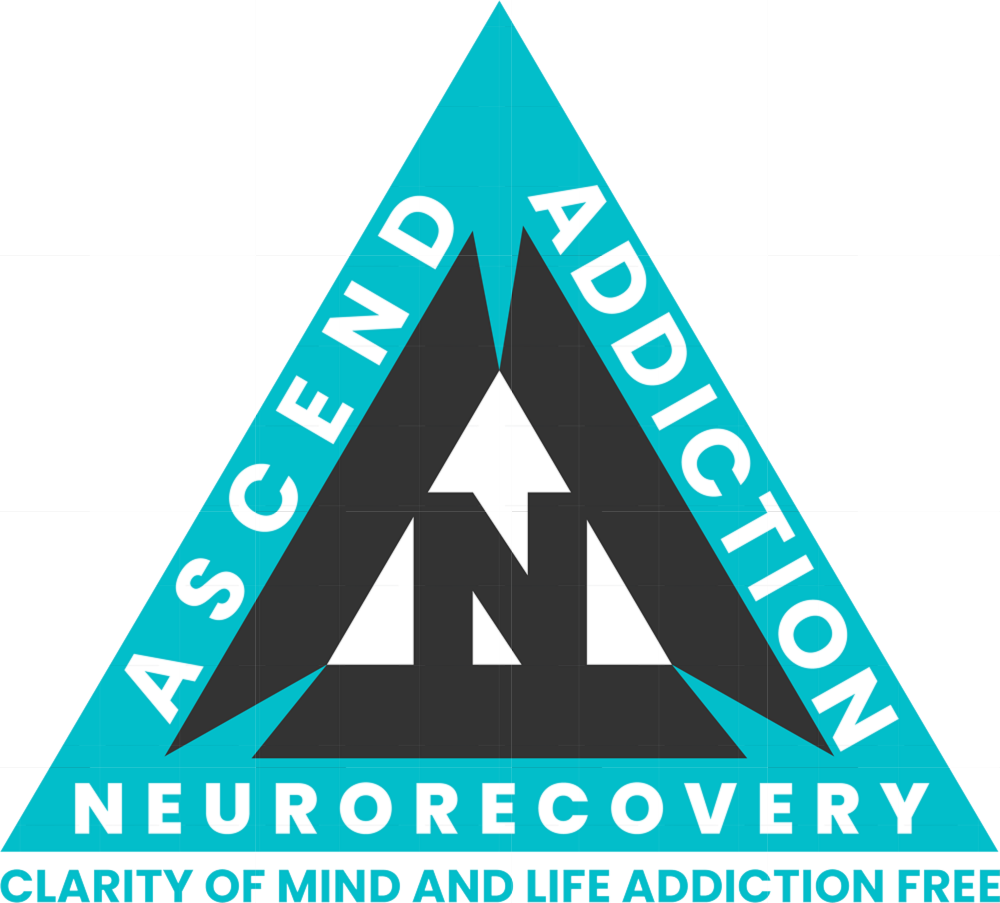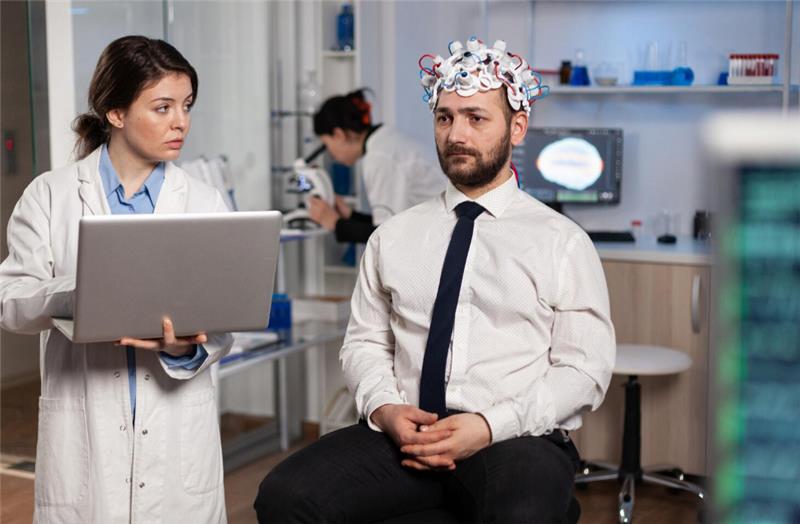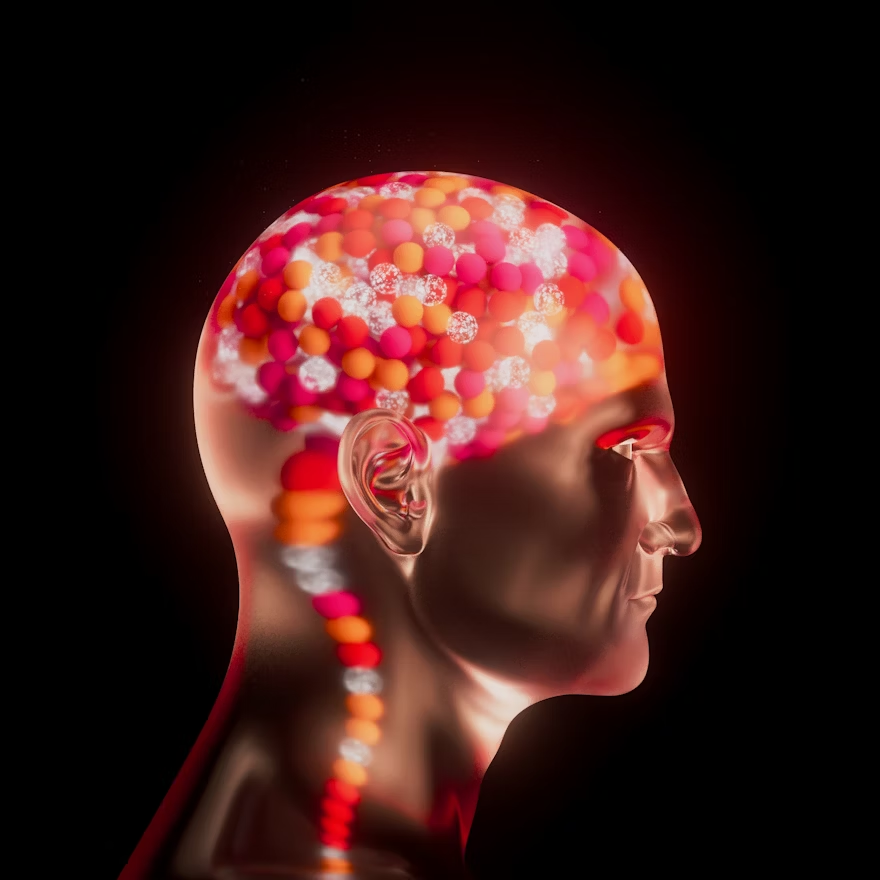
Have you ever felt like your mind is racing faster than you can catch it? One second you’re calm, and the next, a small thing feels like the end of the world. For many people with ADHD, that emotional rollercoaster can feel impossible to stop. But here’s the good news – there’s a simple way to slow it down and take back control.
It’s called the Cognitive-Behavioral Therapy (CBT) Triangle, and it’s a game-changer for ADHD emotional regulation. This triangle illustrates how thoughts, feelings, and behaviors are interconnected – much like the three sides of the same shape. When one side changes, the others do too. By learning how to use the cognitive triangle, you can start reframing negative thoughts and respond instead of reacting. It’s not about being perfect – it’s about understanding yourself. So, let’s break it down in a way that makes sense and feels doable every day.
The Magic of the CBT Triangle: Making Sense of Chaos
The CBT triangle is simple but powerful. Imagine your mind as a triangle where each corner represents something: your thoughts, your feelings, and your behaviors. Everything you do or feel is connected through this shape. For example, if you think, “I’m terrible at my job,” you’ll feel sad or anxious, and your behavior might be to avoid tasks. But when you reframe negative thoughts to something like, “I’m learning and improving,” your feelings become calmer, and your actions more confident.
That’s the cognitive triangle in action – it helps your ADHD emotional regulation feel easier. It’s not magic; it’s awareness. When you notice how your thoughts, feelings, and behaviors connect, you can choose better reactions. So, next time you feel stuck in frustration or guilt, remember this triangle – it’s your mental map back to balance. One small change in thinking can shift your whole day.
ADHD and Emotions: Why It Feels Like a Storm
If you live with ADHD, you know emotions can hit hard and fast. One tiny mistake might feel huge. That’s because the ADHD brain reacts quickly — feelings come first, thoughts later. The CBT triangle helps you pause before reacting, giving your brain time to catch up. It builds a bridge between thoughts, feelings, and behaviors, helping with ADHD emotional regulation. So, let’s say you spill coffee on your work notes. Your thought: “I ruin everything.”
Your feeling: anger and your behavior: giving up. But if you use the cognitive triangle to reframe negative thoughts, you might say, “It’s just coffee. I can rewrite these notes.” That small shift changes everything. The feeling softens. The behavior improves. So, it’s okay if it doesn’t work every time – what matters is noticing the pattern. Once you start seeing how the triangle works, you’ll realize you have more control than you think.
Reframing Negative Thoughts: The Superpower You Didn’t Know You Had
Here’s where things get fun – you can actually train your brain to think differently! Using the Cognitive Behavioral Therapy CBT triangle means catching your negative thoughts before they take over. That’s what reframing negative thoughts is all about. For ADHD, emotional regulation is a gold standard. For instance, if you think, “I’m lazy,” stop and ask, “What if I’m just overwhelmed?” Suddenly, your thoughts, feelings, and behaviors begin to shift. The cognitive triangle helps you see that emotions aren’t enemies – they’re signals. Real-life example:
- Thought: “I can’t focus.”
- Feeling: Frustrated.
- Behavior: Procrastinate.
- Now reframe it:
- Thought: “Maybe I need a short break.”
- Feeling: Calmer.
- Behavior: Back to work.
- That’s progress. By changing the story you tell yourself, you change how you act. So, the triangle doesn’t erase ADHD – it gives you a new way to handle it, with kindness and strength.
Turning Awareness into Action: Simple Tricks to Try
Knowing the CBT triangle is one thing. Using it every day is another. Start small. When you experience strong emotions, pause and acknowledge what’s happening. “I feel angry because I thought I failed.” See how thoughts, feelings, and behaviors connect? That’s awareness – the first step to ADHD emotional regulation. Then, use a simple cognitive triangle trick: write down one negative thought and one new way to see it. Example:
- “I always mess up.” → “Everyone messes up sometimes. I can try again.”
- This reframing exercise for negative thoughts helps build new mental habits. You can even keep a “triangle journal” to track changes. Over time, you’ll notice your reactions slowing, your focus improving, and your emotions becoming easier to manage. Life won’t feel so overwhelming – it’ll feel more balanced. The triangle turns messy moments into lessons. So, that’s real emotional power, one thought at a time.
Real-Life Story: How the Triangle Changed Mia’s Days
Mia, a college student with ADHD, used to dread mornings. One bad grade could ruin her whole week. She learned about the CBT triangle from her therapist and started using it for ADHD emotional regulation. When she thought, “I’ll never get better,” she’d stop and reframe negative thoughts to, “I’m still learning.” Her cognitive triangle began to shift. Her thoughts, feelings, and behaviors worked together – her confidence grew, and her stress dropped.
- Before: Thought: “I failed.” → Feeling: Hopeless → Behavior: Quit studying.
- After: Thought: “I can ask for help.” → Feeling: Hopeful → Behavior: Study smarter.
- That simple change reshaped her routine. The CBT triangle helped her see that her thoughts weren’t facts — they were choices. Mia still has ADHD, but now she has tools that keep her steady. You can too. The triangle doesn’t just teach thinking — it teaches emotional freedom.
Mastering Emotions with the CBT Triangle
Your mind isn’t broken – it’s just wired differently. The CBT triangle empowers you to understand your thoughts, feelings, and and behaviors, and guide them toward peace. With ADHD emotional regulation, every small step counts. Learning the cognitive triangle helps you stop spiraling and start reframing negative thoughts in real time. It’s a reminder that emotions aren’t something to fear – they’re something to understand.
At Ascend Addiction NeuroRecovery, we use CBT techniques to help people just like you regain balance, clarity, and control. Our expert therapists create personalized plans so you can utilize tools like the CBT triangle daily. So, ready to start your journey toward emotional freedom? Reach out to Ascend Addiction NeuroRecovery today — your first step to a calmer, more focused life could start right now. Growth isn’t far away; it’s already within you.










